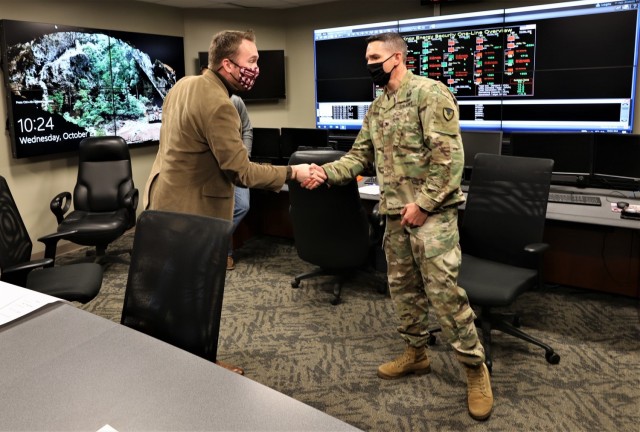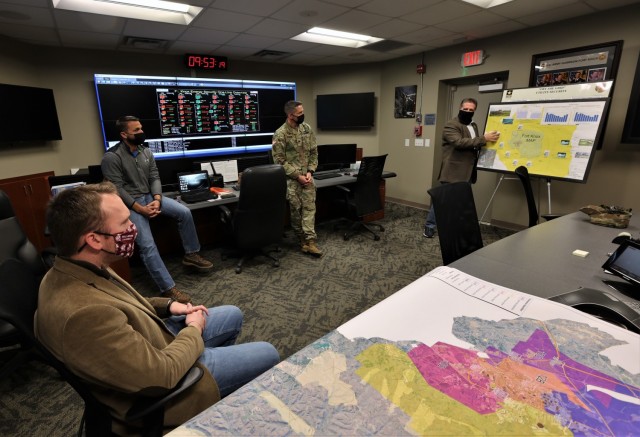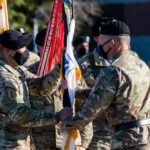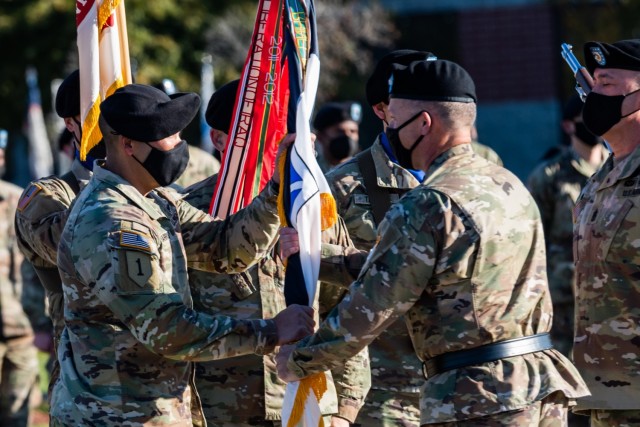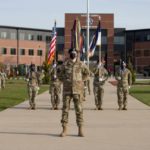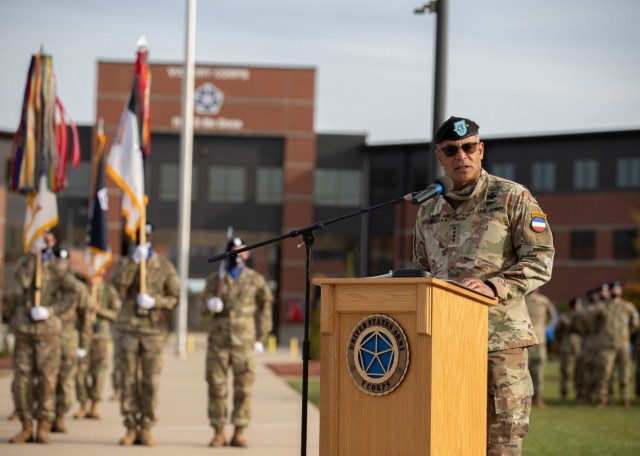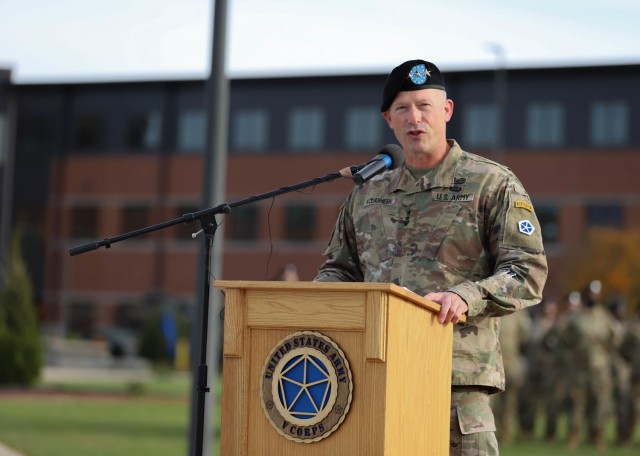 RADCLIFF, Ky. – Local defense contractor North South Consulting Group (NSCG) announced today plans to build a new Radcliff location amid workforce expansions. This announcement comes as the contractor’s workforce triples in size in support of nearly every major command on Fort Knox. With more than 300 employees and nearly $10 million in annual payroll, the diverse professional services firm’s new location will support its expanded operations.
RADCLIFF, Ky. – Local defense contractor North South Consulting Group (NSCG) announced today plans to build a new Radcliff location amid workforce expansions. This announcement comes as the contractor’s workforce triples in size in support of nearly every major command on Fort Knox. With more than 300 employees and nearly $10 million in annual payroll, the diverse professional services firm’s new location will support its expanded operations.
“We are thrilled that North South Consulting Group chose Radcliff as the place to start their business and that they will continue to call Radcliff home as the company expands,” said Radcliff Mayor J.J. Duvall.
Army combat veteran Dr. Krista Stevens established NSCG in 2012 and opened its Radcliff headquarters in 2019. Stevens and her husband, Chase, who is also a veteran, have led NSCG’s exponential growth. This growth has been especially evident over the past three years, as the company saw a nearly 900% increase in revenue.
“I attribute NSCG’s growth to our highly-talented employees, many of whom are veterans who served at Fort Knox and intuitively understand the installation’s various missions,” Stevens said. “Our team has built a reputation of always delivering quality service to our customers. We pride ourselves on it.”
Stevens added that having a proven track record, or “positive past performance,” as it is called in the government procurement realm, is especially critical.
“An aggressive approach to business development, past performance, strong working relationships and learning how to navigate the government procurement process have all been key to our success,” she said.
Knox Regional Development Alliance CEO retired Brig. Gen. Jim Iacocca said the lessons learned during Stevens’ and her team’s military service and their heart for Soldiers and families also contribute to NSCG’s success.
“Krista, Chase and all of the other talented military veterans on the North South Consulting Group team know what it’s like to work 18 and 20-hour days to accomplish the mission. That, coupled with their passion for Soldiers, leads to their excellent contract performance. They see the Soldiers and families in every action they undertake,” said Iacocca. “Their success excites me but it doesn’t surprise me. KRDA is committed to doing all we can to help grow defense sector businesses like NSCG in our region.”
Duvall said NSCG’s job creation and new payroll brings added spending power to the region.
“NSCG employees eat in our restaurants, shop in our stores and call Radcliff and the surrounding communities in the Greater Fort Knox region home,” he said.
Stevens said she’s proud to live and work in the Greater Fort Knox region.
“Radcliff and Hardin County have so much to offer. It’s a community full of partners who are ready and willing to help us grow. Whether it’s the mayor connecting us with potential funding sources or people offering us cubicles for our growing office or our neighbors at the Gathering Bakery giving us added space to meet, we cannot say enough about how supportive everyone is,” said Stevens. “We can’t imagine working anywhere else and we are excited to grow here.”






